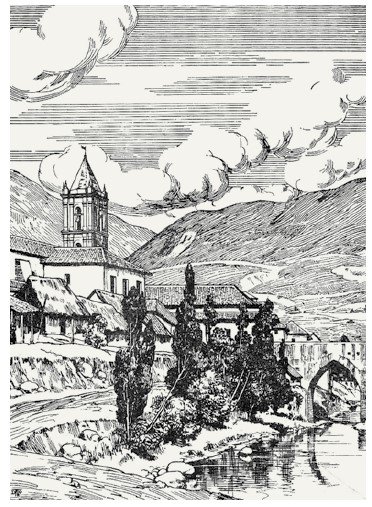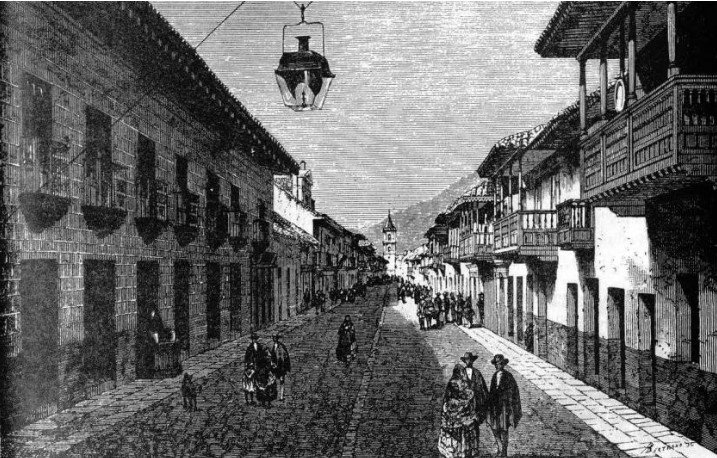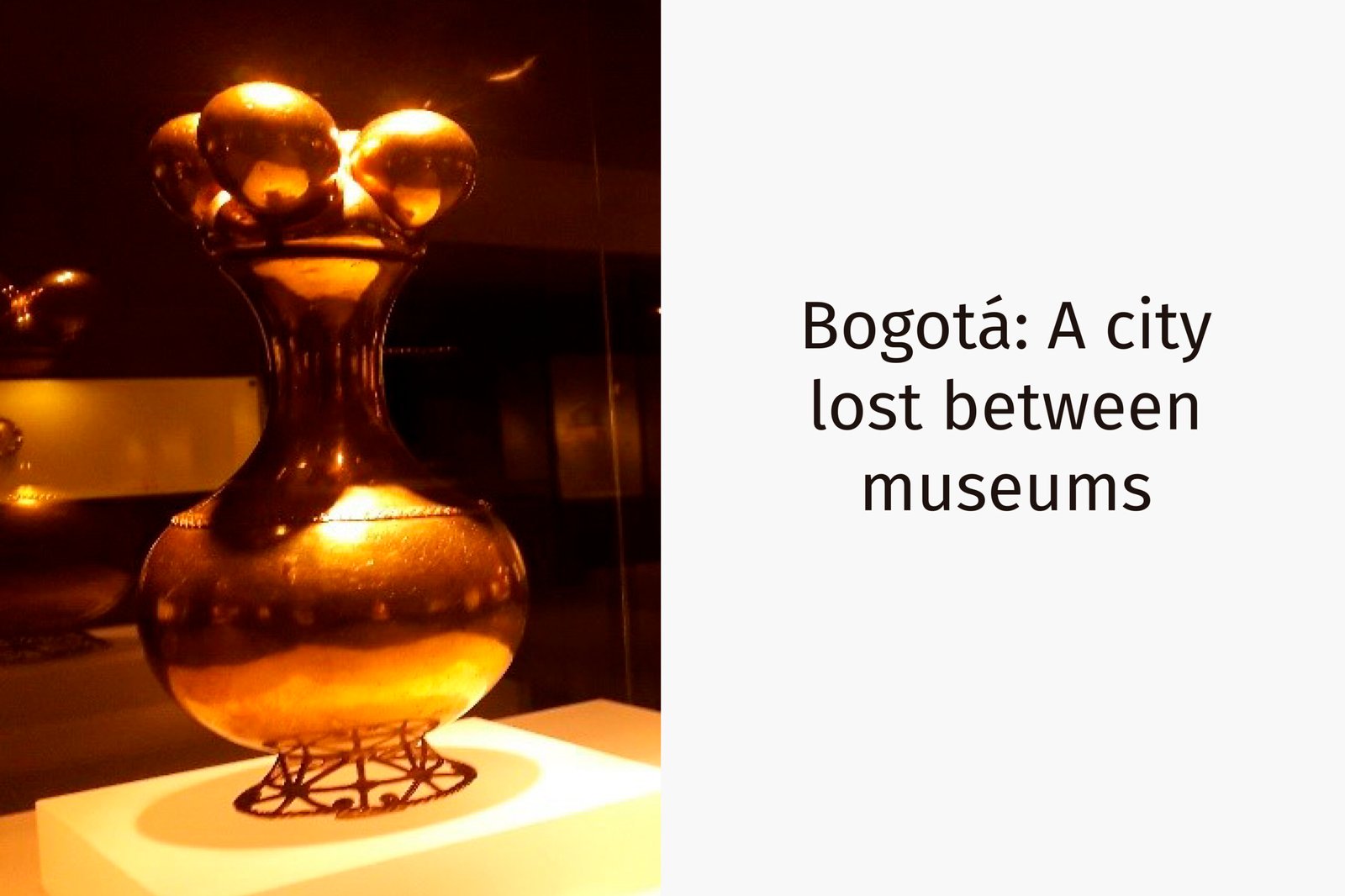
Bogotá: A city lost between museums
Bogotá is the capital city of a great country called Colombia. Exploring around its territory takes you to encounter endless landscapes, flavours and odours. Definitely, one of the most notable qualities in this world point is its infinite diversity. Each one of the corners of Colombia presents a very special nuance and a great colour palette. It would be necessary to stop and visit each one of the country’s regions to ask for the past of these territories and to listen to its landscapes. Nevertheless, there is another alternative: to visit the museums ubicated at Bogota’s downtown at length, in particular, those located in La Candelaria locality. There it is possible to meet with spaces worried about making a narrative from the past and present from different corners of Colombian geography.

Let’s start by one of the most important: the Colombian National Museum. There we will find the past of different locations of this beautiful country. In the Caribbean, this paradise, aphrodisiac Eden of sounds and flavours, was once inhabited by indigenous people that today, unfortunately, do not exist. During prehispanic times, we use to find different cultural groups organized between Magdalena’s coast and Santa Marta’s Sierra Nevada. These human groups used to work as fishing labours and their work led us to a distinguished artistic production gamut that reminds us of their most intimate beliefs. If we take a moment to imagine who would it be to live on Colombian coasts 8000 years before, we would have to consider the high temperatures of these territories, along with the high humidity in the space and the presence of numerous animals. One of the most important pretensions of some indigenous groups is to undertake strategies that permit a successful encounter with humans and nature. The linking is so profound that and animals and nature are generally present in different objects created by these groups. During festivities and celebrations, sounds that used to emulate animals were typical. Spiritual animal creatures integration to the human world was looked for.
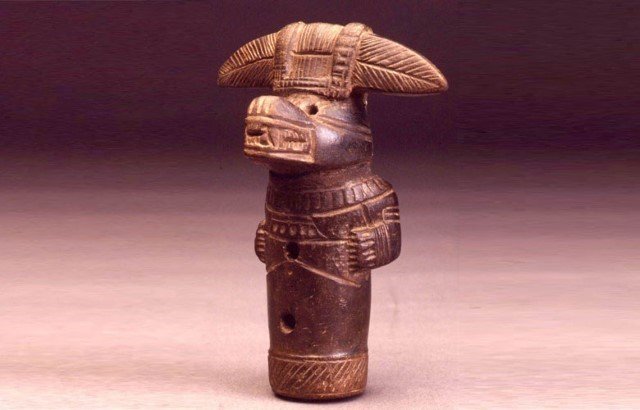
Once at La Canderia’s centre, our looking will be centred at the most important cultural apple in Bogotá. Luis Angel Arango Library helps to conserve one of the most important collections of Colombian art. The old paths to the country’s centre can be recognized in some watercolours framed in the XIX century by Ramón Torres Méndez. Bogotá has passed through profound transformations in different moments of its history. The paths that nowadays conform to La Candelaria, were once transited by men and women who occasionally had to look for water on different spots located at different locations in the city. Candelaria’s neighbourhoods used to look like the lands and villages from other places in the country. The clothes from these territory inhabitants were ragged, and the hats and alpargatas wearing was very common. The great farms, together with the trees and impressive rivers presence, used to present a very different face from the aspect that the city has nowadays. Definitely, years passed by and Bogotá has stopped from being that huge village narrated by old chroniclers, to profiling itself as of the biggest cities in Latin America.

Streets from Candelaria will take us to the Museo del Oro, one of the most impressive museums in the city. This place conserves the biggest prehispanic gold collection. It involves 34000 pieces that narrate the everyday life, beliefs, celebrations and festivities from the human groups that once inhabited Colombian territory before Spaniards arriving. The beauty and aspect from these pieces confirm an outstanding development of the technical processes from different cultural groups which once expanded over this territory. It is really fascinating the shine and the innumerable details that are contained in these great artworks.
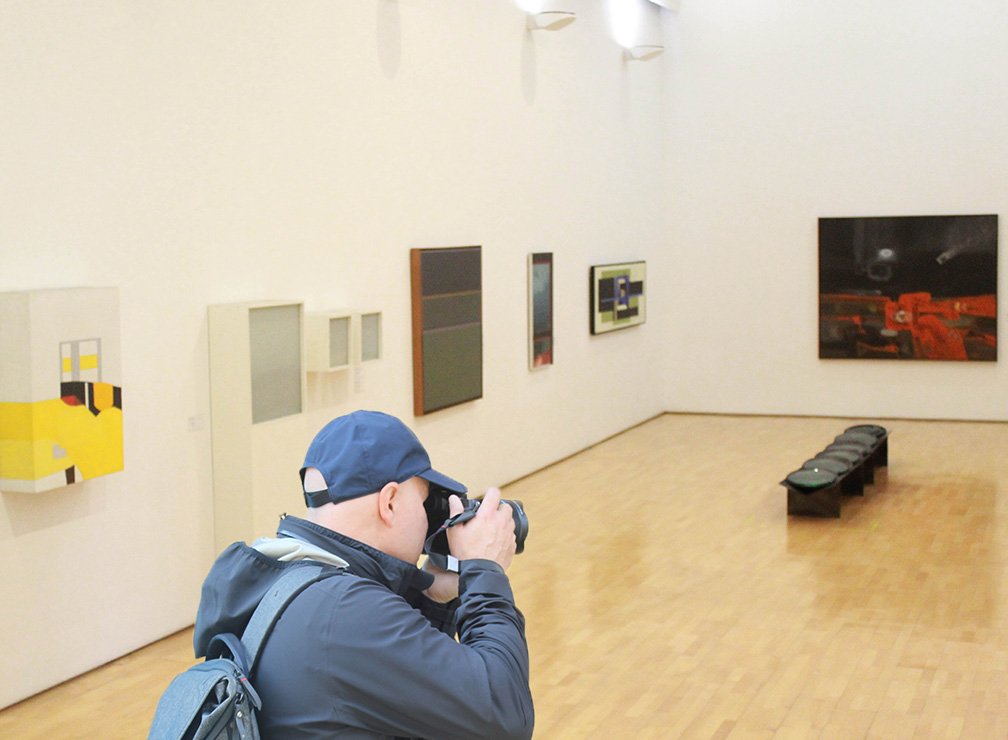
One of the most beautiful works is the quimbayan poporo located on the second floor of the Museum. It involves a ritual object utilized in specific occasions from the everyday life of this cultural group. It seems that different ethnic groups established in Colombia consider that words, language and orality, are fundamental elements in the moment of establishing social and political relations. The words that we use have a direct effect on the representations that we have from the world and the others. These are going to be the most important reflection of humans and societies. These groups make a difference between hot word and cold word. The first one is related to the sharp words that are utilized by those invaded by jealousy, anxiety and mistrust. Such acoustic intonations tend to unfortunate outcomes. On the other side, we have words pronounced during a calm and peaceful state of mind. The transit between hot word and cold word is linked to the using of particular objects and substances. The quimbayan poporo was once utilized for containing coca that subsequently would be chewed for a considerable time by the native. To chew, chew and chew. This act is known as member and permits a fortunate pass between the hot word to the cold word.

It is very important to highlight the artistic development from some cultural groups located in Colombia, particularly in the sculpture field. There are great works from the communities of San Agustín and Tierradentro. These groups used stones as raw material for the designing and production of pieces that narrate part of their everyday lives and cultural beliefs. There is a great concern for representing human body in relation to the animals. These two elements would be located in a horizontal frame in which there would not any supposed superiority between rationality and the mythical. The human would be in relation to a natural order that exceeds it and its rational abilities would be in service to the other members of nature. It is necessary to finish emphasizing the belonging of many indigenous beliefs to the contemporary world.
We invite you to follow our Museums City Tour and explore our history! 🙂




